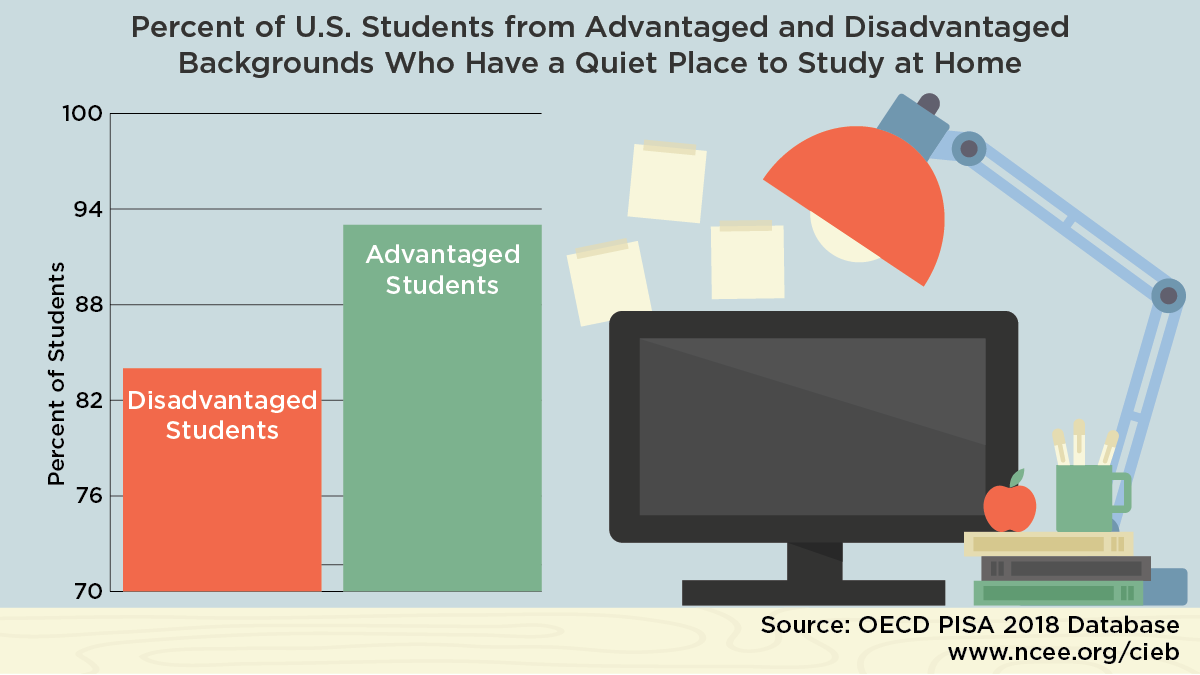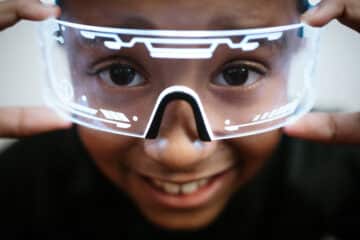
Still grappling with the risk of further coronavirus spread, thousands of school districts across the United States will begin the school year via distance learning this fall. Many of these districts are working hard to provide devices and internet access to their students to ensure all students are able to learn virtually. However, beyond access to technology, the Organisation for Economic Co-operation and Development’s PISA survey of students in 2018 found that disadvantaged students in the United States are much less likely than their advantaged peers to have a quiet place to study. This is likely to be exacerbated under current circumstances, as many students live in homes where multiple children will be attending school virtually, or where adults are now working from home. U.S. students are not alone in this problem, as students in jurisdictions with high population densities—such as Singapore—are also less likely to have a quiet place to do school work at home. To help address this challenge, schools in Singapore remained open during school closures to a small number of students who needed extra support, including students who needed a place to access online resources and study outside of the home. Schools worked to identify the students with the greatest needs and invited them to return to school.
Find out more about how top-performing education systems approached distance learning in the spring in NCEE’s recently released paper, How Did The World’s Highest Performing Education Systems Approach Distance Learning, and follow NCEE’s International Education News to find out how school systems around the world are planning to begin the school year this fall.




